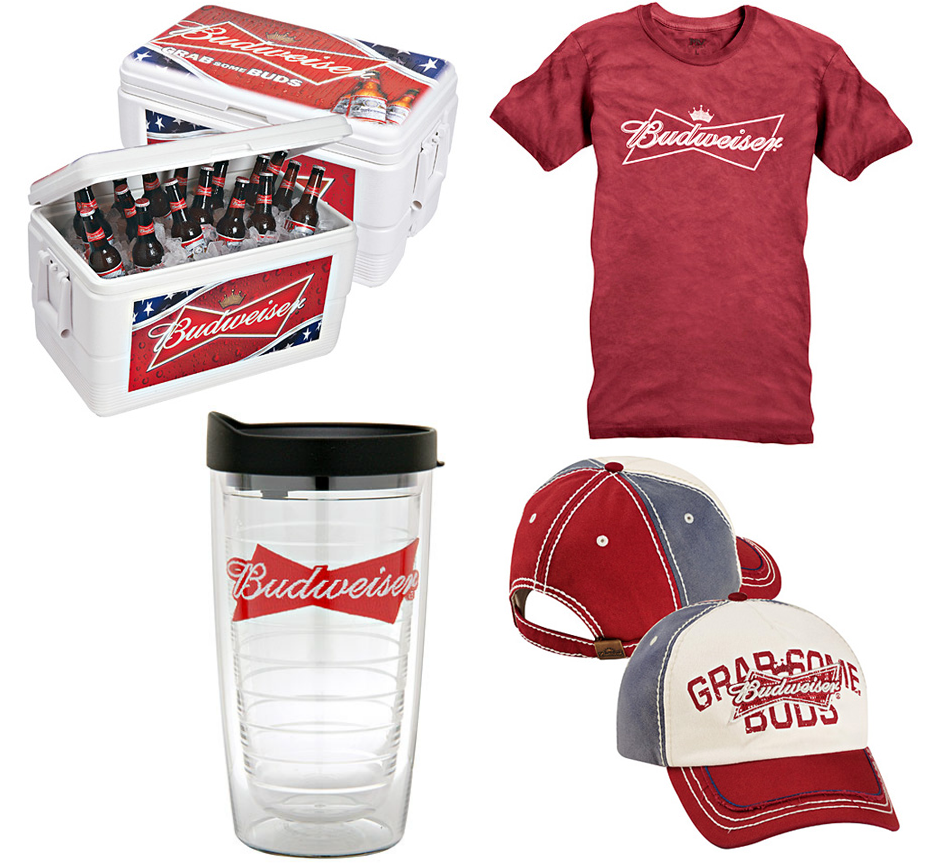 Consistent brand identity is non-negotiable no matter how many different products you are ordering. When it comes to customizing, each technique is it's own medium with very different qualities. Screen printing, digital printing, embroidery, and pad printing all have their own look and feel resulting from the process. How can you make sure the company handling your customization can maintain your brand?
Consistent brand identity is non-negotiable no matter how many different products you are ordering. When it comes to customizing, each technique is it's own medium with very different qualities. Screen printing, digital printing, embroidery, and pad printing all have their own look and feel resulting from the process. How can you make sure the company handling your customization can maintain your brand?
1. Submit Brand Guidelines.
A decorator can only work from the information you provide. By supplying brand guidelines a decorator has a reference to follow. If it is a new brand to the manufacturer producing the promotional products, it's a good idea to go over the brand guidelines with your rep, highlighting specific points that apply to the products being customized. At the very least, call out Pantone colors and designate sizing and exact placement.
2. Provide Match Samples.
Print out a paper copy of the logo or design with accurate colors for matching and send it to the decorator. If you have an acceptable example of the brand applied to a product from a different manufacturer, get one over to the current vendor. Any physical example of something you or your client approves of is really a help to the production team.
3. Order Pre-Production Samples.
If you have a little extra time, pre-pros are a fabulous idea - especially if you are ordering various promotional products being customized in different ways with the same brand. You can review an actual custom decorated garment and/or product before the entire order is produced. This allows you to discuss any variances you find with the manufacturer.
These keys are expecially important should you work with a new decorator or are introducing a new brand to your current one. There may be some variances that can't be avoided - embroidery thread, for example, is not available in all Pantone colors. By using these keys, you will avoid any surprises!
FAQs about Brand Consistency
What is brand consistency?
Brand consistency refers to the uniformity and coherence of a brand's messaging, visual identity, and overall brand experience across all touchpoints. It ensures that the brand's essence, values, and personality are consistently portrayed to create a recognizable and trustworthy image.
Why is brand consistency important?
Brand consistency is crucial because it helps build brand recognition, trust, and loyalty among customers. When a brand delivers consistent messaging and experiences, it establishes a strong brand identity, makes it easier for customers to recognize and recall the brand, and fosters a sense of reliability and authenticity.
How can brand consistency be maintained?
Maintaining brand consistency involves several key elements. These include defining brand guidelines encompassing visual identity, tone of voice, and messaging. It also requires training employees on brand standards, using consistent brand assets across all marketing channels, and regularly monitoring and managing brand touchpoints to ensure consistency in customer experiences.
What are the benefits of brand consistency?
Brand consistency brings numerous benefits to a business. It helps differentiate the brand from competitors, fosters trust and credibility, enhances brand recall, supports customer loyalty and advocacy, and simplifies decision-making for customers. Consistency also enables businesses to create a strong and memorable brand presence in the market.
How does brand consistency impact customer perception?
Brand consistency significantly influences customer perception. When a brand delivers consistent experiences, it establishes a sense of professionalism, reliability, and trustworthiness in the minds of customers. Consistency also creates familiarity, making it easier for customers to engage with and connect emotionally to the brand, ultimately influencing their purchase decisions and long-term loyalty.











-1.png?width=280&name=Sharprint%20Decorated%20Apparel%20Logo%20(40%20KB)-1.png)